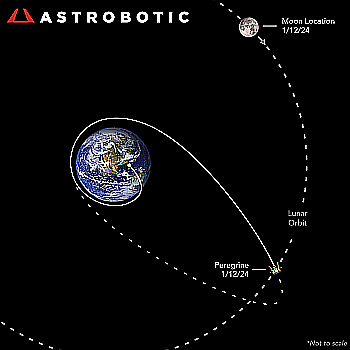The FBI must be wiped clean, or wiped out, on Day One of the next Repubican administration

Should Donald Trump become president in 2024 and the acts to make major changes within the federal executive bureaucracy, cleaning house from top to bottom with major firings and layoffs (something he should have done in his first administration and failed to do), without question the first agency he must attack mercilessly is the FBI.
There are numerous documented examples in the past decade where the FBI has been weaponized against conservatives and Republicans, investigating, harassing, and even arresting people because they held beliefs that opposed the agenda of the Democratic Party. In some cases the individuals attacked were simply religious Christians who opposed abortion. In other cases the victims were ordinary Americans who simply made public their support of Trump.
Nor were just everyday Americans attacked. The FBI has arrested Republican candidates for office. Its officials have altered evidence to justify illegal seach warrants against Republicans. Its management also targeted and framed Trump officials it did not like. Officials there also abused the FISA court, submitting error-filled applications that were used to get warrants to spy on Americans. It redacted information to hide its misbehavior, claiming dishonestly that the redactions were for national security reasons.
This list is only a very small selection of the many such stories reported in the past decade. Any one of these corrupt actions would justify firing everyone at the FBI and zeroing out its budget as quickly as possible. Last week however the Ninth U.S. Court of Appeals provided us another reason: It ruled that FBI agents literally committed theft in rummaging through hundreds of security deposit boxes at a bank in wealthy Beverly Hills, confiscating millions of dollars it had no right to grab, simply because the cash was there and the agents and the agency wanted that money for their own pockets.
» Read more





